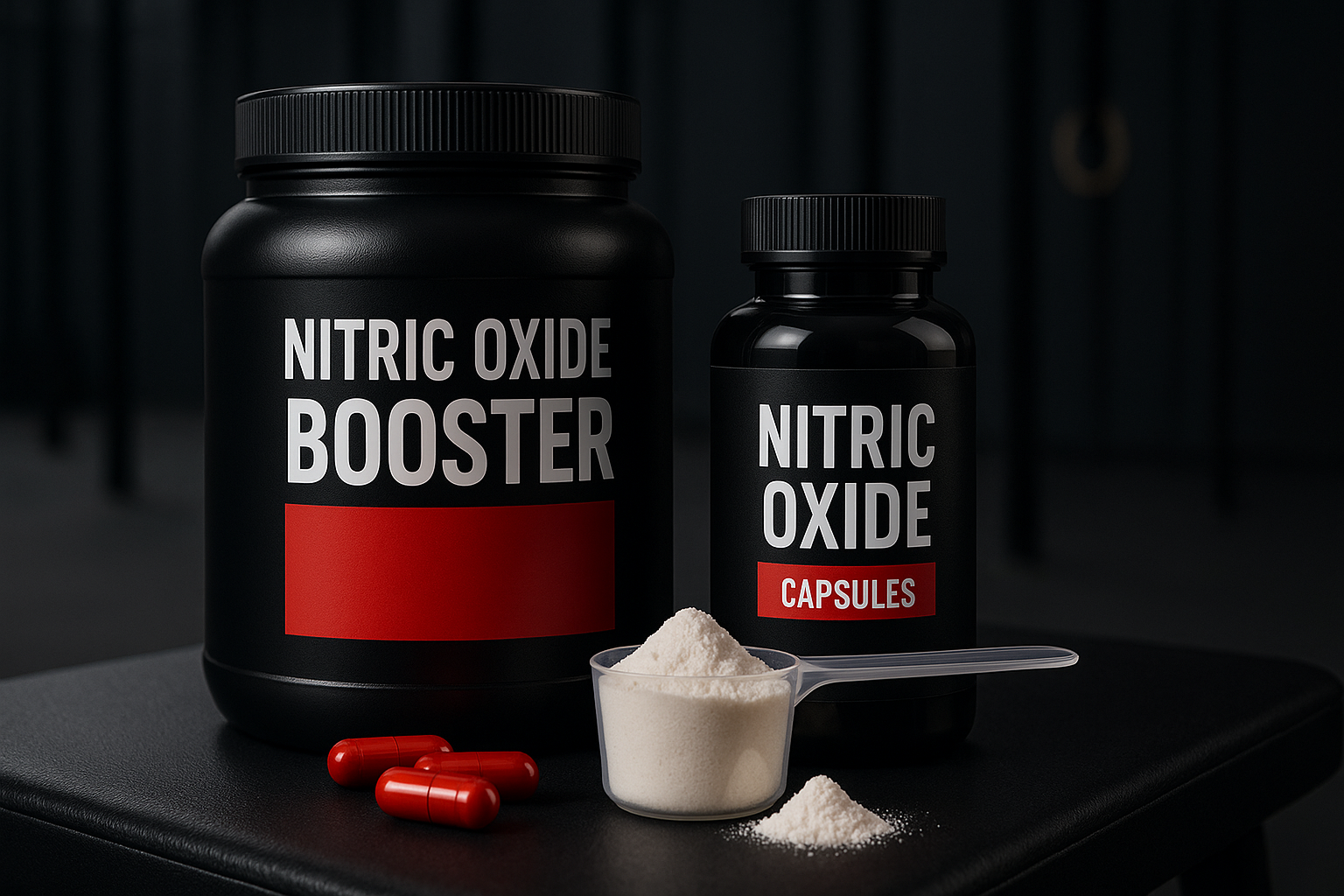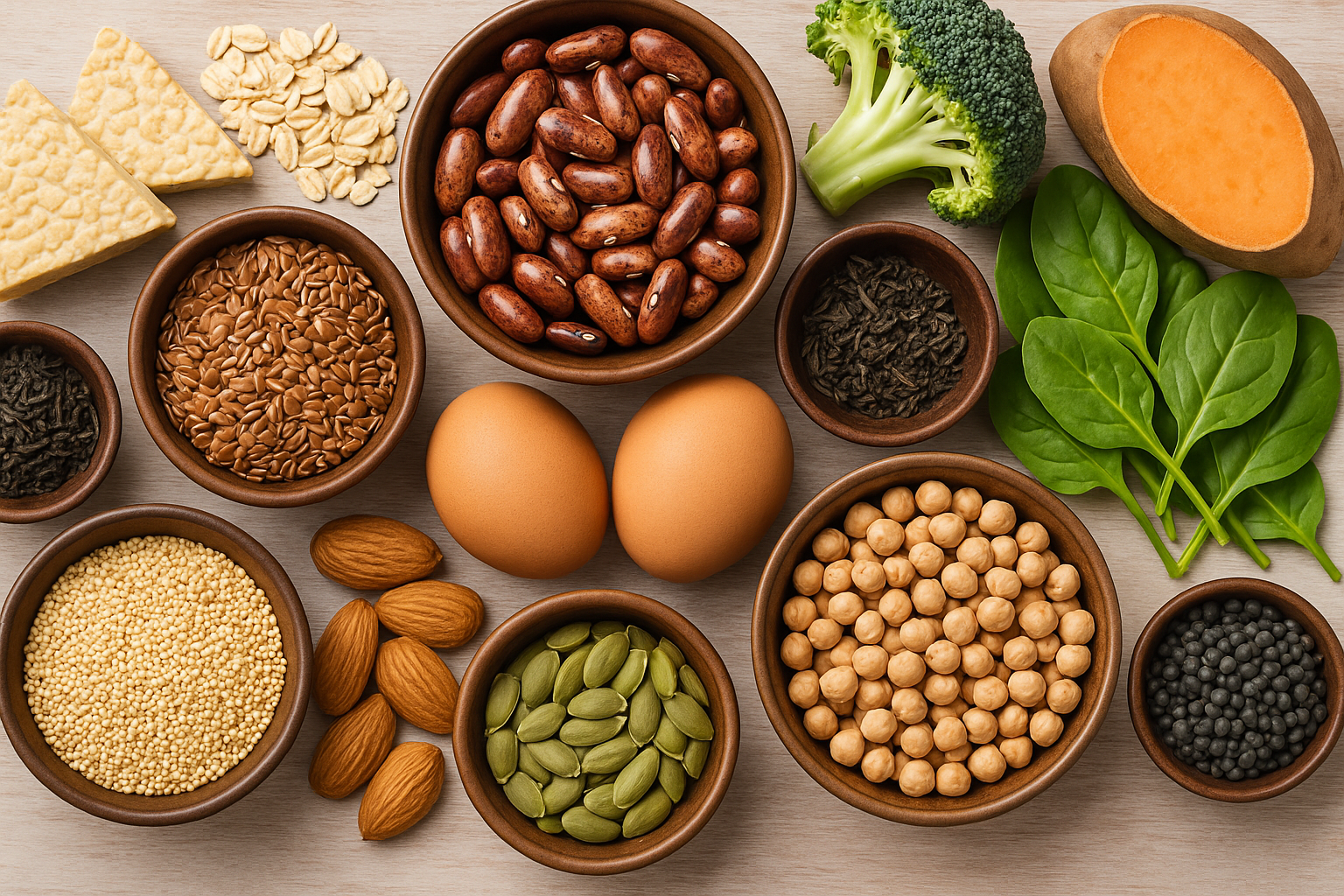Introduction
Many people start their wellness journey with the single-minded goal of “losing weight.” However, few realize that weight loss and fat loss are not always the same thing. If you have ever seen the number on the scale drop, only to find that you still feel unhealthy or dissatisfied with your physique, you’re not alone. The misunderstanding between losing weight and losing fat is widespread—and it can hinder real progress.
In this comprehensive guide, we will explore the critical difference between weight loss and fat loss, why it matters for your body composition, and how to track progress in a way that ensures long-term success. By the end, you will have a clearer understanding of how to reshape your body composition effectively and sustainably. At Empowerise, we believe that the right information and the right strategy make all the difference in achieving lasting results.
Weight Loss 101: Understanding the Scale
For many people, the most common measure of progress is the bathroom scale. Stepping on the scale gives a single, all-encompassing number: your total body weight. This figure includes:
- Body Fat: The adipose tissue, which comes in different forms such as visceral (around organs) and subcutaneous (beneath the skin).
- Lean Muscle Mass: The weight of your muscles, essential for strength, posture, and metabolic health.
- Bone Mass: The structural weight of your bones, contributing to overall body density and support.
- Water Weight: Fluids in your body, which can fluctuate based on diet, hydration, and hormonal changes.
The Limitations of Focusing on the Scale
- Daily Fluctuations
Your weight can swing by a few pounds in just one day due to water retention, bowel movements, or hormonal shifts. Relying on the scale alone can be misleading and disheartening. - False Sense of Progress
Rapid weight loss often includes a large amount of water and muscle rather than fat. You might see the number on the scale drop quickly, but this doesn’t necessarily mean you’re losing fat. - Ignoring Body Composition
Two people can weigh the same but look entirely different. One might have a higher percentage of muscle and lower body fat, while the other may carry a larger proportion of body fat. The scale won’t distinguish between these two scenarios.
Ultimately, weight loss is a broad term that can hide what’s really happening under the surface of your body. It’s essential to dig deeper and understand the mechanics of fat loss if you want real, sustainable improvement in your health and appearance.
Fat Loss 101: What You Really Want
While weight loss is an overall drop in total body mass, fat loss specifically targets the reduction of adipose tissue. Decreasing body fat has several critical benefits:
- Improved Metabolic Health: Excess body fat, especially visceral fat, is linked to conditions like type 2 diabetes and cardiovascular disease.
- Better Body Composition: A healthier ratio of lean muscle mass to fat mass often results in a stronger, more toned physique.
- Sustainable Results: Focusing on fat loss encourages lifestyle changes that help maintain muscle, boost metabolism, and prevent drastic weight regain.
Why It’s Worth Prioritizing Fat Loss
- Long-Term Health Benefits
Reducing your body’s fat percentage helps lower blood pressure, improves cholesterol levels, and may reduce the risk of certain cancers. - Enhanced Physical Performance
Carrying less body fat and retaining (or even gaining) muscle mass improves endurance, strength, and overall physical performance. - Mental Well-being
Fat loss strategies often promote balanced nutrition, regular exercise, and stress management—factors that can significantly impact your mood and self-esteem.
By distinguishing between weight loss and fat loss, you can better tailor your fitness and nutrition plan to achieve not just a lower number on the scale, but a healthier and more capable body.
Why the Scale Doesn’t Tell the Full Story
The simple act of losing “weight” can sometimes be a misleading concept. Your body composition is more complex than that. Let’s break down why the scale isn’t the be-all-end-all:
- Muscle vs. Fat: Muscle is denser than fat. Thus, if you gain muscle while losing fat, the scale might not move significantly—even though your body composition is improving.
- Water Retention: High sodium intake or hormonal changes can cause fluid retention, making the scale jump up even if you’ve been consistent with your diet and exercise.
- Temporary Losses: Crash diets often result in quick weight reduction, but much of it is water and muscle, not fat.
A Real-World Example
Imagine you start a new workout regime that includes strength training. Over a month, you lose 2 pounds of fat but gain 2 pounds of muscle. The scale reading might stay the same, but your clothes fit better, you have more energy, and you’re stronger. If you focus solely on the scale, you might feel discouraged—even though you made great progress.
Body Composition and Health
Body composition refers to the relative percentages of fat, muscle, bone, and water in your body. When health professionals discuss fat loss, they’re usually referring to optimizing body composition.
Metabolic Health
Muscle tissue burns more calories at rest than fat tissue. Therefore, a body higher in lean muscle mass generally has a higher resting metabolic rate, which means you can burn more calories throughout the day—even when you’re not exercising.
Hormonal Balance
A healthy body composition positively influences hormones such as insulin, cortisol, and leptin. For instance, excessive body fat can lead to insulin resistance, a precursor to type 2 diabetes. By focusing on fat loss, you actively work toward better hormonal health.
Inflammation
Chronic inflammation is linked to multiple diseases, including heart disease and certain cancers. Visceral fat, the fat that surrounds your organs, is particularly inflammatory. Reducing visceral fat through targeted fat loss strategies may lower systemic inflammation, improving overall health outcomes.
You can read more about the health outcomes of a bad body composition here.
Common Myths and Misconceptions
Myth 1: Spot Reduction Is Possible
No amount of crunches alone will magically melt belly fat. Fat loss typically occurs throughout the body in response to a consistent calorie deficit and well-structured exercise routines.
Myth 2: You Have to Starve Yourself
Drastically cutting calories can lead to muscle loss, metabolic slowdown, and nutrient deficiencies. A moderate, sustainable caloric deficit is more effective for preserving muscle and promoting fat loss.
Myth 3: Cardio Is the Only Way
While cardio can help you burn calories, relying solely on steady-state cardio can lead to muscle loss if paired with a significant caloric deficit. Resistance training, high-intensity interval training (HIIT), and balanced nutrition are vital for preserving muscle mass while losing fat.
Myth 4: “Healthy Foods” Automatically Result in Weight Loss
Even if you eat “clean,” consuming more calories than you burn can stall fat loss. Portion control, nutrient density, and an appropriate overall caloric intake still matter.
Myth 5: Carbs Are the Enemy
Not all carbohydrates are created equal. Complex carbs (e.g., whole grains, legumes, vegetables) can be part of a healthy diet. It’s more important to focus on the quality of your food choices and overall caloric balance than demonizing an entire macronutrient group.
How to Track Your Progress Effectively
1. Body Measurements
Using a measuring tape to track the circumference of your waist, hips, thighs, and arms provides a more accurate picture of changes in body composition.
2. Progress Photos
Taking front, side, and back photos at regular intervals can help you see subtle changes that the scale might miss.
3. Body Fat Percentage Tests
Tools like calipers, bioelectrical impedance scales, or more sophisticated methods like DEXA scans can offer insights into whether your body fat percentage is decreasing over time.
Keep in mind that the majority of home scales that measure your body composition are not reliable, but can nevertheless serve as a point of reference.
4. Strength and Performance Metrics
- Lifting Heavier Weights: If you’re able to squat, deadlift, or press heavier weights, it indicates muscle gain or better neuromuscular efficiency.
- Improved Cardio Performance: Notice if you can run or cycle longer without fatigue.
- Daily Activities: Tasks like climbing stairs or carrying groceries might feel easier, indicating better overall fitness.
By combining these methods, you can get a comprehensive view of your progress—allowing you to celebrate milestones beyond just the number on the scale.
Common Pitfalls to Avoid
1. Extreme Dieting
Dramatic caloric restriction can slow metabolism, lead to nutrient deficiencies, and increase the likelihood of binge eating or rebound weight gain.
2. Over-Reliance on Supplements
Fat-burning supplements may promise quick fixes, but they can’t compensate for poor diet and inadequate exercise. Focus on whole foods and consistent workouts first.
3. Excessive Cardio Without Resistance Training
Relying on cardio alone can erode muscle mass over time, leading to a slower metabolism. Balance is key.
4. Ignoring Recovery
Chronic overtraining without proper rest can lead to injury, burnout, and hormonal imbalances. Incorporate rest days and active recovery (like yoga or light walks).
5. Lack of Consistency
Fad diets or sporadic workout routines rarely deliver lasting results. Consistent effort, even if moderate, typically leads to better outcomes in fat loss and overall health.
Practical Strategies for Sustainable Fat Loss
Maintaining a moderate calorie deficit, focusing on protein intake, and incorporating resistance training are key to reducing body fat while preserving muscle. Equally important are nutrient-dense meals, balanced portions, and consistent tracking to ensure ongoing progress.
For a deeper dive into methods like maintaining a moderate calorie deficit, prioritizing protein, and incorporating resistance training, check out our in-depth post on fat loss. In that guide, we share comprehensive, science-backed strategies to help you achieve sustainable fat loss and maintain a healthier body composition long-term.
Conclusion
When it comes to achieving a healthier body composition and improved well-being, knowing the difference between weight loss and fat loss is paramount. While the scale may show you a singular, fluctuating number, true transformation is reflected in how you feel, how you move, and how your body changes from the inside out.
Fat loss, rather than just dropping a few pounds, enhances metabolic health, preserves hard-earned muscle, and fosters a sustainable lifestyle that benefits you long after you reach your initial goals. It might require a bit more patience and a well-rounded approach involving nutrition, exercise, stress management, and proper recovery. But in the long run, the benefits are well worth the effort.
At Empowerise, we specialize in providing the personalized guidance and coaching you need to transform your body composition and health. Don’t just lose weight—achieve a truly healthier, stronger you.
Ready to take the next step?
- Personalized Coaching Programs: Work with our expert coaches to develop a customized nutrition and training plan that prioritizes sustainable fat loss while preserving muscle. Get the support, accountability, and expertise you need to succeed.
- Science-Backed Training Programs: Access structured workout plans designed to maximize fat loss and strength gains. Whether you’re a beginner or advanced, our evidence-based programs ensure optimal progress.
- Comprehensive Genetic Testing: Unlock deeper insights into your metabolism, fat storage tendencies, and optimal exercise strategies with our state-of-the-art genetic testing. Personalize your fitness and nutrition approach based on your unique genetic blueprint.
- Get the support and accountability you need to turn your goals into lasting results.
Embark on this journey with Empowerise and discover the difference true fat loss can make in your life. Your body, mind, and future self will thank you.






